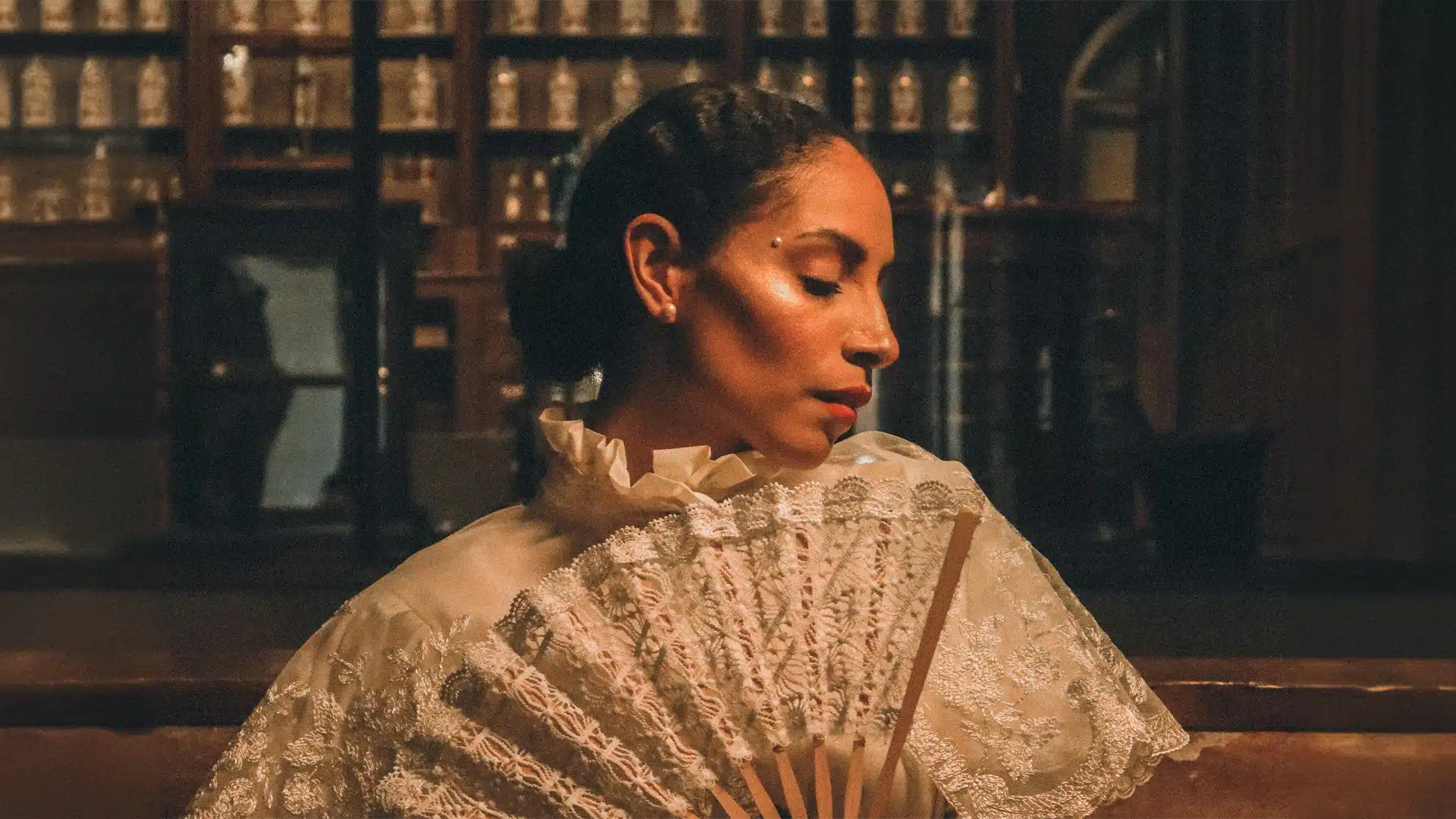1980-2000
The 1980s were an era of extravagance and excess, with a focus on muscular, athletic bodies for both men and women. The 1990s promoted a supermodel ideal, with a lean but healthy body. By the 1980s and 1990s, eyelid surgery was one of the most commonly performed cosmetic procedures worldwide. The procedure was becoming increasingly popular among both men and women. Surgeons began using lasers for some aspects of the procedure, which allowed for less blood loss and a shorter recovery time. Techniques were developed to make the scars more subtle, often hidden within the natural creases of the eyelids.
In addition to eyelid corrections, liposuction, breast implants and nose corrections also became very popular. In the 1990s, Botox began to emerge as a non-surgical alternative to facelifts.
2000-2020
The 2000s introduced a variety of beauty ideals, from the “size zero” trend to greater acceptance of different body types. However, social media also reinforced unrealistic beauty standards, with a strong emphasis on symmetrical faces and a youthful appearance. Minimal and non-invasive procedures such as fillers, Botox and laser treatments became extremely popular.
In the late 2010s, the Brazilian butt lift (BBL) increased in popularity. There was also an increase in the diversity of available procedures, allowing for personalized customization. The popularity of eyelid surgery continued to rise, partly due to an aging population interested in rejuvenation procedures. The procedure became more standardized, but there was also a trend toward customization to meet individual needs.
New techniques were developed such as transconjunctival blepharoplasty, in which the fat is removed through an incision in the eyelid without visible scars on the outside. Techniques to add volume rather than just remove it, to maintain a youthful appearance, also became popular. Minimally invasive techniques and technologies such as radiofrequency and laser treatment became more common for eyelid surgery.
